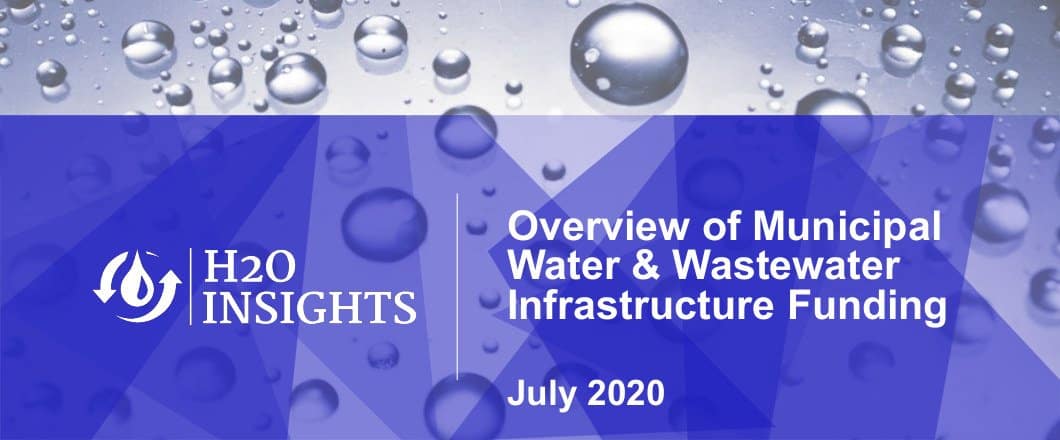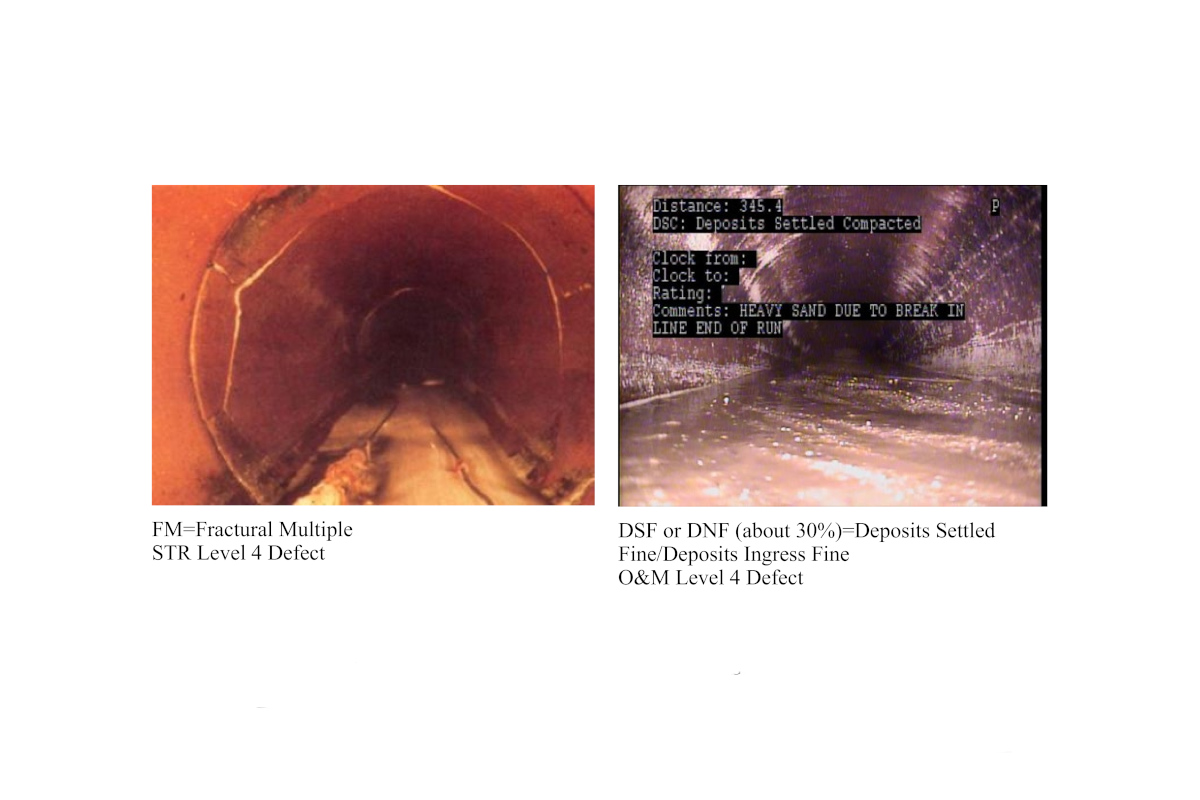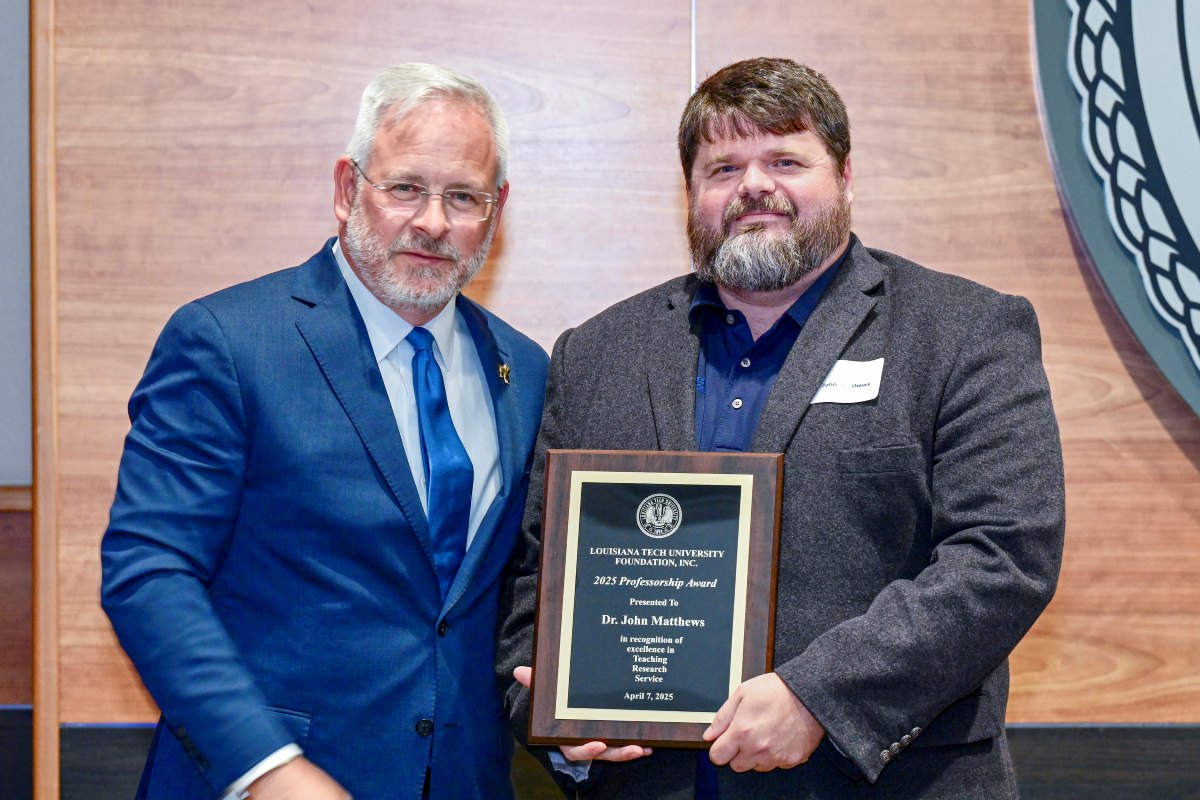
2020 Water, Wastewater Infrastructure Funding Overview
The COVID-19 pandemic and resulting economic volatility cast a blanket of uncertainty over many industries, causing key stakeholders — from investors to business leaders — to assess the shifting landscape and long-term implications for various sectors.
For the water/wastewater infrastructure sector, there is little dispute regarding the significant need for investment now that nearly 100 years have passed since the 20th century infrastructure buildout that created enormous economic and public health benefits for Americans. Since then, much of the nation’s critical underground infrastructure is either nearing the end of its useful life or has fallen into a state of disrepair.
Case in point, in America today, a water main breaks every two minutes. The American Society of Civil Engineers (ASCE) assigned the nation’s drinking water and wastewater infrastructure a D and D+, respectively, in its most recent Infrastructure Report Card rating, based on condition, safety, capacity and other factors.
Billons of dollars are spent each year to renew, replace, expand or upgrade existing systems to meet the needs of aging water and wastewater systems, the effects of climate change and growing demand. However, as has been the case for decades, a significant gap exists between the current level of infrastructure funding and the need.
As part of its Value of Water Campaign, the ASCE estimates in a recent report titled “The Economic Benefits of Investing in Water Infrastructure,” that the nearly $50 billion in water infrastructure spending in 2019 represented less than 40 percent of the total need, and the costs of failure from underinvestment are only expected to increase. The cost of water and wastewater failures from American households is estimated to increase sevenfold over the next 20 years, from $2 billion in 2019 to $14 billion by 2039.
Funding has long been the gating factor and we’ve focused on a look at current funding mechanisms in place as well as potential considerations longer term that would help to maintain the status quo and begin to bridge the investment gap, while delivering significant benefits to public health, the environment and the economy.
RELATED: 2020 Trenchless Technology Roundtable – Manufacturers Offer Their Perspective
Today’s Current Funding Mechanisms Provide Insulation from Short-Term Economic Volatility
Amid the COVID-19 pandemic, myriad headlines have centered on the economic shock to local and state budgets. Municipal revenue streams across a variety of sectors have taken a financial hit due to activity restrictions and the resulting economic slowdown. However, there are important distinctions to be made under the municipal funding umbrella, and it is critical to understand these elements, particularly as they relate to building confidence in the near- and medium-term outlook for water infrastructure funding, which today is comprised more than 90 percent from state or local budgets.

Click the image above to read the full Overview of Municipal Water & Wastewater Infrastructure Report completed by H20 Insights for Aegion Corp.
It is often difficult to find a clean, one-stop educational resource for an objective understanding of water funding mechanisms. To that end, Aegion commissioned a report titled “Overview of Municipal Water & Wastewater Infrastructure Funding,” provided by H20 Insights, a strategy, research and finance consultancy focused on the water sector.
The municipal water market is heavily disaggregated, with most project funds coming from hundreds of different local and state budgets. As such, operations and funding can be nuanced and vary widely depending on the municipality. However, there are a general set of best practices highlighted in the report that have been verified at Aegion through conversations with water and wastewater agencies of all sizes.
Key takeaways that support a constructive outlook for near-term water infrastructure funding include:
- Revenues for water/wastewater utilities are primarily derived from user fees, a key distinction from the general fund that is more dependent on property and sales taxes that are more susceptible to economic shocks. While water user fees from certain commercial or highly urban sectors are down due to pandemic protocols, residential usage increases have provided some offset.
- While all municipalities fund projects differently, most financing for capital improvement plans – where critical rehabilitation, renewal, expansion and upgrade activities are budgeted – comes from debt, which is often accompanied by restrictions on the usage of proceeds and priorities for repayment. This helps to mitigate the risk of cash transfers from utility budgets to general fund budgets and provides support for critical projects over the next one to three years to proceed as planned.
These factors, among others, support the conclusion that while water funding mechanisms today are not fully immune to financial shocks, they are substantially cushioned, providing some confidence in the resiliency and stability of critical water investment through the current period of economic volatility.
The Near-term Outlook Is Constructive yet Cautious; Increased Uncertainty 12 to 24 Months Out, Absent Additional Stimulus
In response to the pandemic and related economic impacts, Insituform, an Aegion subsidiary and pioneer in trenchless water and wastewater pipeline rehabilitation market for nearly 50 years, has been conducting an ongoing municipal funding study to understand short- and long-term effects on capital spending in the water and wastewater industry.
Primary research included interviews with operational and financial leaders within municipalities to discuss the impacts of COVID-19 on planned spending in 2021. Discussions also focused on primary funding sources for capital programs and potential changes to either the funding structure or project planning due to the pandemic.
Secondary research is focused on analyzing publicly available Capital Improvement Plans for changes from previously published plans. With such a heavily disaggregated market and differing reporting methods, research is time consuming and reflects the many nuances of different state and local budgets, but consistent themes have begun to emerge.
To date, discussions have revealed that most municipal water and wastewater spending for 2021 is expected to remain flat to only slightly down. Most water and wastewater projects are considered ‘essential’ and are unlikely to be canceled or delayed in the near term; however, there are concerns regarding potential project shutdowns or delays related to COVID-19 infections more so than significant funding cuts.
RELATED: ASCE to Grade Stormwater for First Time on 2021 Report Card
While Aegion is encouraged by trends seen through the first six months of the pandemic, the company recognizes that outlooks could change considerably in the coming months — particularly if the economic slowdown remains prolonged — and we intend to continue this study through the remainder of 2020. Based on the capital improvement project planning process and funding life cycle, we expect impacts from COVID-19 may have a more pronounced effect in the next two or three years, rather than the next 12 months.
Federal Support Remains a Key Factor to Shoulder Community Burden & Deliver Exponential Long-Term Benefits. And Advocacy is Key
Despite the relative stability and growth in water and wastewater investment over the last decade — largely on the back of state and local municipalities — a critical need to bridge the funding gap over the next several years remains. While current federal water infrastructure funding mechanisms provide limited substantial relief to assist communities and utilities with many of their local infrastructure funding challenges, some significant changes in federal funding levels and policy priorities could provide a path forward for many communities.
Following the passage of the Clean Water Act in 1971, the federal government provided more than 30 percent of the funding for local water infrastructure projects. But today, the share of federal funding and financing has dropped to less than 5 percent. This disparity belies a fundamental inequity in how the federal government funds other classes of municipal infrastructure, with highways, aviation, ports and mass transit getting a far greater share of their total infrastructure spending funded with federal grants and low-interest loans.
In addition to the rising cost of failures due to aging underground infrastructure, the cost of compliance for communities – which has its roots in federal policies – has also gone up without an increase in federal funding. Although utilities have been raising rates to help meet these current and future needs, nearly every community has an affordability problem with low-income ratepayers struggling to pay utility bills, a problem only compounded by the current economic crisis.
All these issues beg the question of what can be done at the federal level to help locally? The answer is a great many things. This includes across the board increases in existing federal funding and financing mechanisms and changes that increase private capital availability through federally authorized infrastructure financing mechanisms.
There exists an array of modifications that could better align federal policy with the real-world challenges of local water infrastructure spending.
RELATED: Last Word – Yes, Finance and Engineering Can Be BFFs
While there is a general awareness of many of these challenges and solutions at the federal level, the water sector competes with attention from other infrastructure sectors.
Steve Dye, lobbyist for the National Association of Sewer Service Companies (NASSCO) and president of Nexus Government Relations, said, “If the water sector is to be successful in getting the support it needs, federal policymakers need to better understand and support these solutions. It is critical that water professionals engage with their federal elected officials at every opportunity. This includes inviting them to visit treatment or company facilities, attending their in-person or virtual townhall meetings, and sending them emails or posting on their social media urging their support. Research data by the Congressional Management Association found that decision making by Members of Congress is by far more influenced by direct advocacy by constituents than any other form of advocacy. NASSCO’s Sewer System Heroes grassroots advocacy program is designed to help NASSCO members and non-members engage with their Members of Congress, but all water professionals, as engaged citizens, can and should reach out to their Members of Congress regularly to urge their support of water infrastructure funding and policies.”
Ian Lancaster is senior vice president of infrastructure sales at Aegion Corp. Katie Cason is senior vice president of strategy and communications at Aegion Corp.






